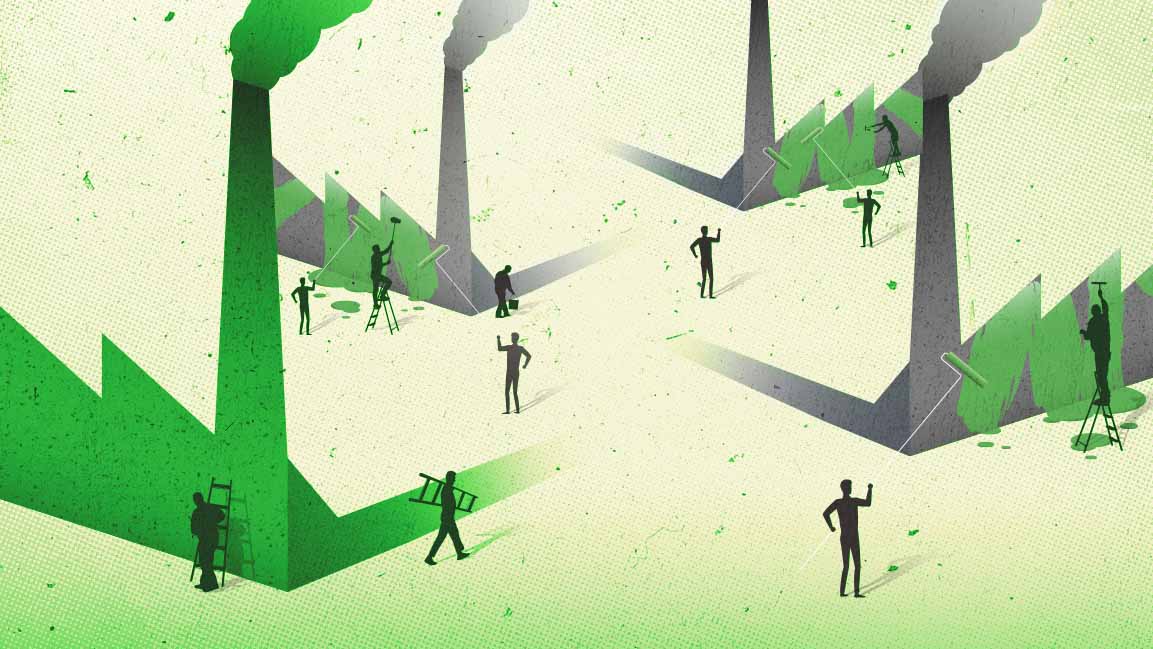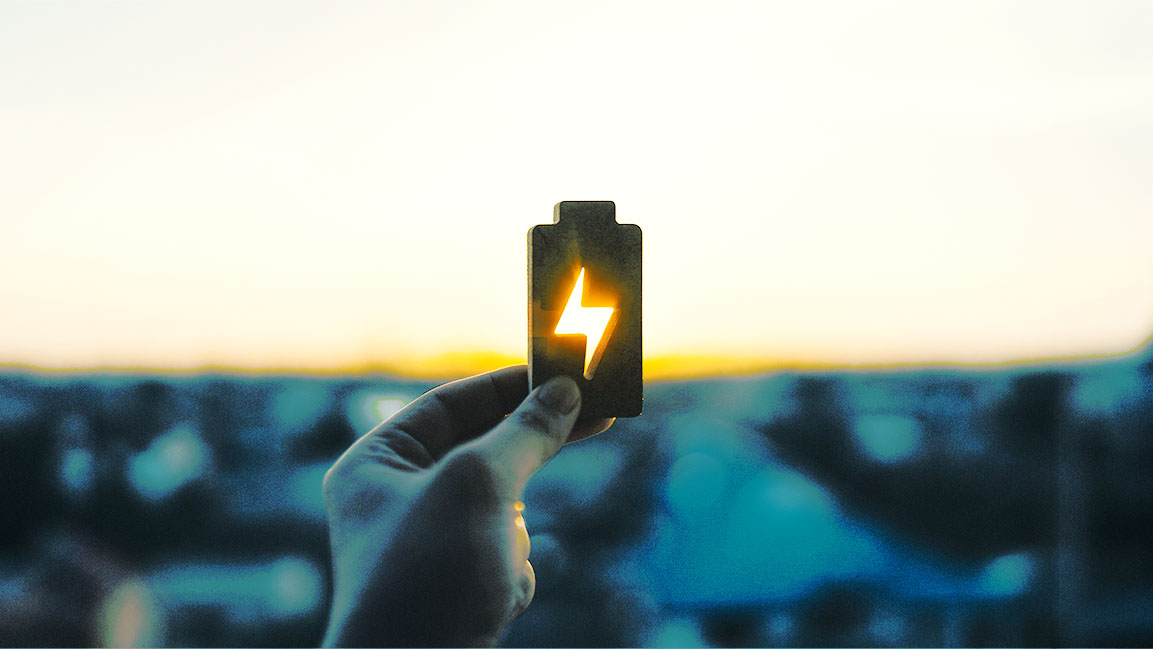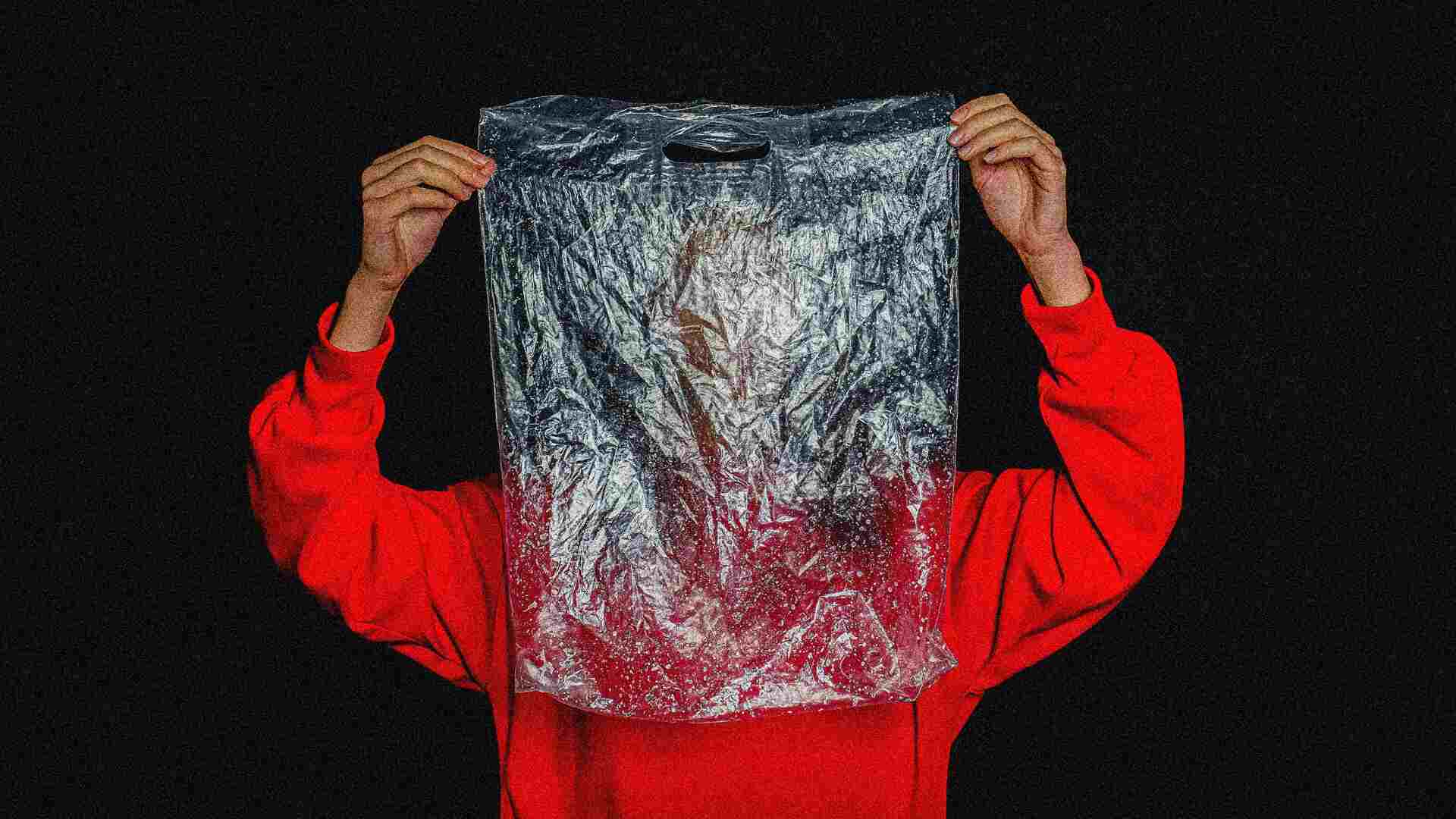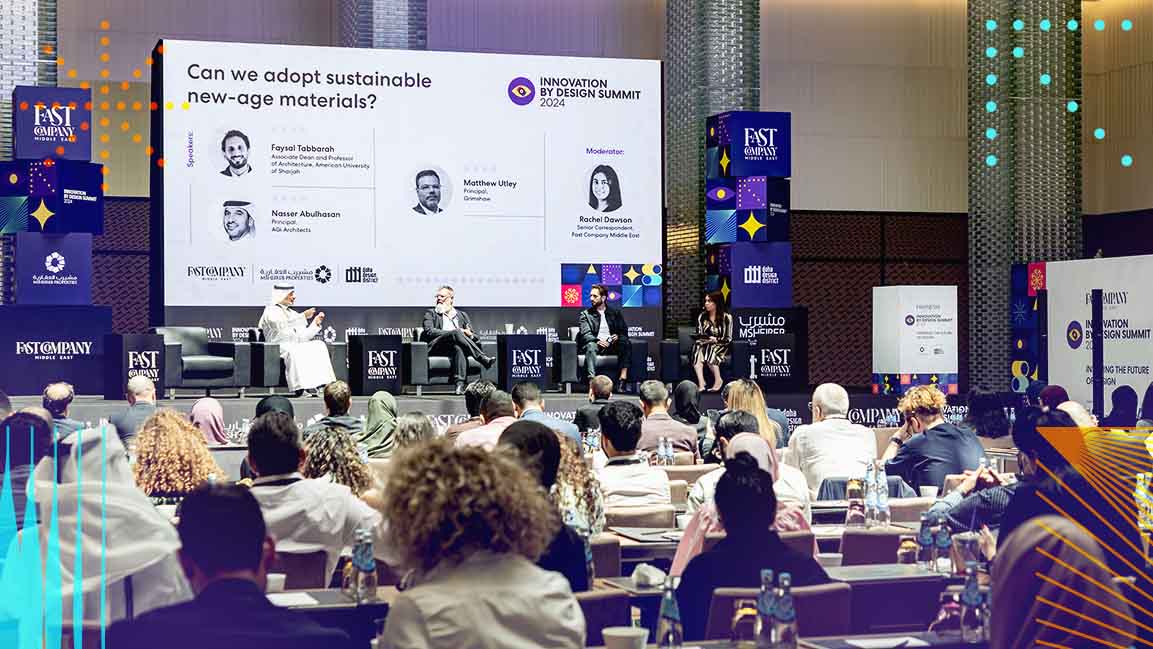- | 9:00 am
Experts at the Green Goals Summit say every cog in the circular economy’s wheel is important
Experts advocated changing mindset and incentives and finding value in waste to move from a linear to a circular economy.
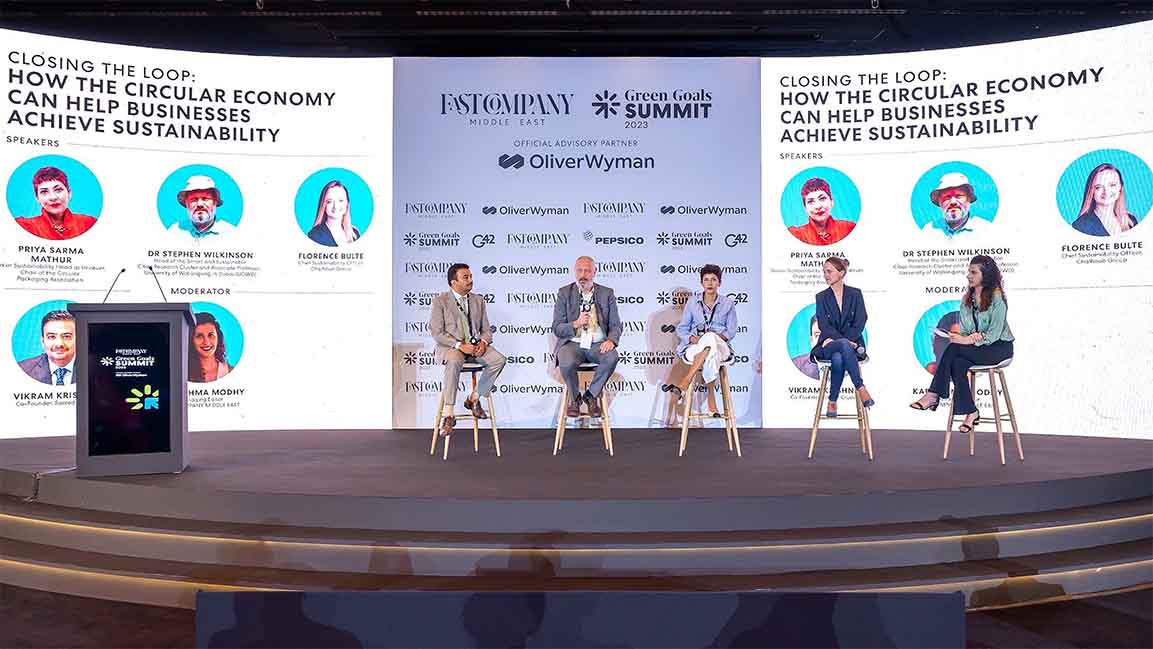
The world is swiftly transitioning to a circular economy, shifting away from resource depletion and aiming to address the climate crisis by reducing emissions and natural resource extraction.
At the Green Goals Summit, experts stressed the importance of this transition to mitigate environmental impact and enhance sustainability. Discussions focused on integrating circularity principles into sustainability initiatives, with governments playing a crucial role. The urgency was placed on curbing harmful activities and promoting the reuse and repurposing of products. This shift towards a circular economy is vital in achieving a more sustainable and resilient future.
CIRCULAR ECONOMY IN THE MENA REGION
The UAE is rapidly advancing towards sustainability and has already integrated circular economy principles into its green agenda through sustainable production and consumption practices.
Dr. Stephen Wilkinson, Head of the Smart and Sustainable Cities Research Cluster and Associate Professor at the University of Wollongong in Dubai, acknowledges that the UAE strongly emphasizes circularity.
Aligned with the United Nations’ 12th Sustainable Development Goal, the UAE is actively transitioning from a linear economy characterized by degenerative practices to a regenerative circular economy. In this circular model, consumption and production are conducted sustainably, operating within the boundaries of environmental limits.
“Sustainability and environment threats had already started being mentioned a decade ago when UAE Vision 2021 was being compiled. They have been put in focus in Vision 2030 as well as the Green Agenda 2030. Other nations, like Saudi Arabia, also have similar strategies in their agenda,” he adds.
Priya Sarma Mathur, Senior Sustainability Head at Unilever and Chair of the Circular Packaging Association, acknowledges that while the conversation about transitioning to a circular economy in the UAE began several years ago, the country is still in the early stages of this journey.
However, she emphasizes the significant interest in this agenda for COP28, as it presents a remarkable opportunity for industries, communities, organizations, and individuals to shift their mindsets and contribute to the circular economy.
MAGNITUDE OF EXTRACTION AND WASTE GENERATION
Experts at the Summit highlighted the urgent need to address the significant problem of the linear economy’s “take, make, use, and dispose” model. Immediate attention and concerted efforts are required to tackle the scale of this issue.
“By the time a three-hour conference ends, around three and a half thousand acres of natural forests are lost,” Vikram Krishna, Co-Founder, Sacred Groves, notes. “This is the scale of destruction needed for a linear economy.”
Krishna highlighted the alarming waste generated by the use-and-throw lifestyle, pointing out that there are more mobile phones in landfills than humans on the planet. This staggering fact reveals that over 8 billion phones are irresponsibly discarded in landfills instead of being reintegrated into the cycle for reuse.
Mathur also highlights the issue of discarding single-use packaging instead of reintegrating it into circulation. This practice contributes to the linear economy’s wasteful nature and underscores the need for alternative approaches that prioritize recycling and reusing packaging materials.
“The problem is not as much with plastic as how we have designed our packaging. It is completely single-use and is thrown out of the loop after that. The amount of energy and resources that go into designing these single-use materials is huge, and then it is completely lost to us,” she adds.
LEGISLATIONS, POLICY AND REGULATIONS
Implementing legislation, regulations, and policies is crucial for a global transition to a circular economy. This will drive sustainability, mitigate climate change by reducing emissions, and address resource depletion and waste generation.
Florence Bulte, Chief Sustainability Officer, Chalhoub Group, says there is an urgent need for a systematic shift in our production, consumption, disposal pattern, and regulations to incentivize it.
“We are working in an ecosystem, so it’s very difficult to single out one regulation incentives policy to start with and wait for everything to follow. So we have to work on every step of a circular economy, from design, production, conception, use, disposal, and circulation of goods,” she says. “We also have to understand which level we are doing this at, a company level or a country level, and then look into the kind of industry we are and the challenges and opportunities it offers.”
Bulte emphasizes the importance of the Right to Repair policy, introduced in the US and India and proposed in the European Commission. This policy empowers producers to encourage the responsible use of goods from the beginning, influencing the entire product life cycle. Bulte stresses the need to expedite the implementation of these regulations.
Dr. Wilkinson proposes interventions for companies to identify opportunities for reducing energy consumption, drawing from his experience in Europe. One approach involves examining a company’s waste, documenting it, and identifying potential uses for it by other companies. This process allows for resource optimization and promotes circularity within the business ecosystem.
“It’s a relatively simple thing to do and needs some innovation. But it is important to make the connections and try to see waste as valuable,” he says. “The change driving this is the government’s implementation of the landfill tax across Europe. Raising the price of landfill tax has prompted action to solve the problem by turning waste into usable products.”
CHANGE IN MINDSET AND INDIVIDUAL ACTIONS
Individual efforts and mindset shifts are vital alongside government policies and legislation to realize a circular economy. Shifting from a disposable mindset to one of reuse and resourcefulness, akin to previous generations, is crucial in making this transition.
“The concept of circularity is a mind shift. Our parents used to do it,” says Mathur. “So, it is not just the big things that we need to do, but we also need to think about how to prevent more harm to the planet.”
She emphasizes the significance of disconnecting from harmful economic activities that excessively exploit and deplete the Earth’s finite resources.
“We need to follow all the possible steps, like repairing, resharing, reusing, redesigning, refurbishing, and remanufacturing. Recycling is the last step, the end of the product’s life cycle,” she notes. “Sometimes, we don’t even need products that we end up buying. So, it is about trying to prevent more harm and do more good.”
Bulte agrees with Mathur and highlights the growing popularity of second-hand products, which the younger generation embraces as “pre-loved” items, indicating a notable shift in mindset towards sustainable consumption. However, Bulte cautions against turning this segment into a profit-driven market. Instead, she emphasizes the importance of studying the market to ensure its sustainability and meeting customers’ needs without forcefully pushing any agenda.
During the panel, experts discussed the role of governments and multinational companies in spearheading the transition to a circular economy. They emphasized the significance of taking small steps to achieve broader sustainability goals. They recognized that incremental actions and individual efforts are crucial in sustainable development.












